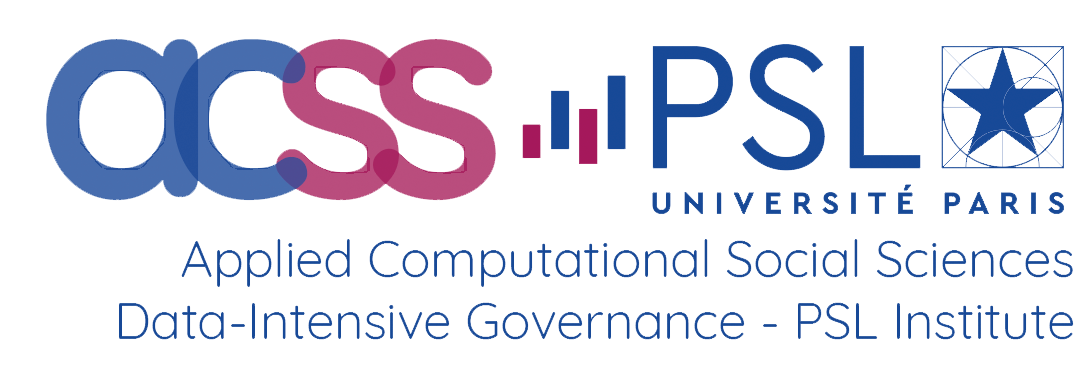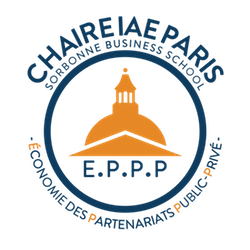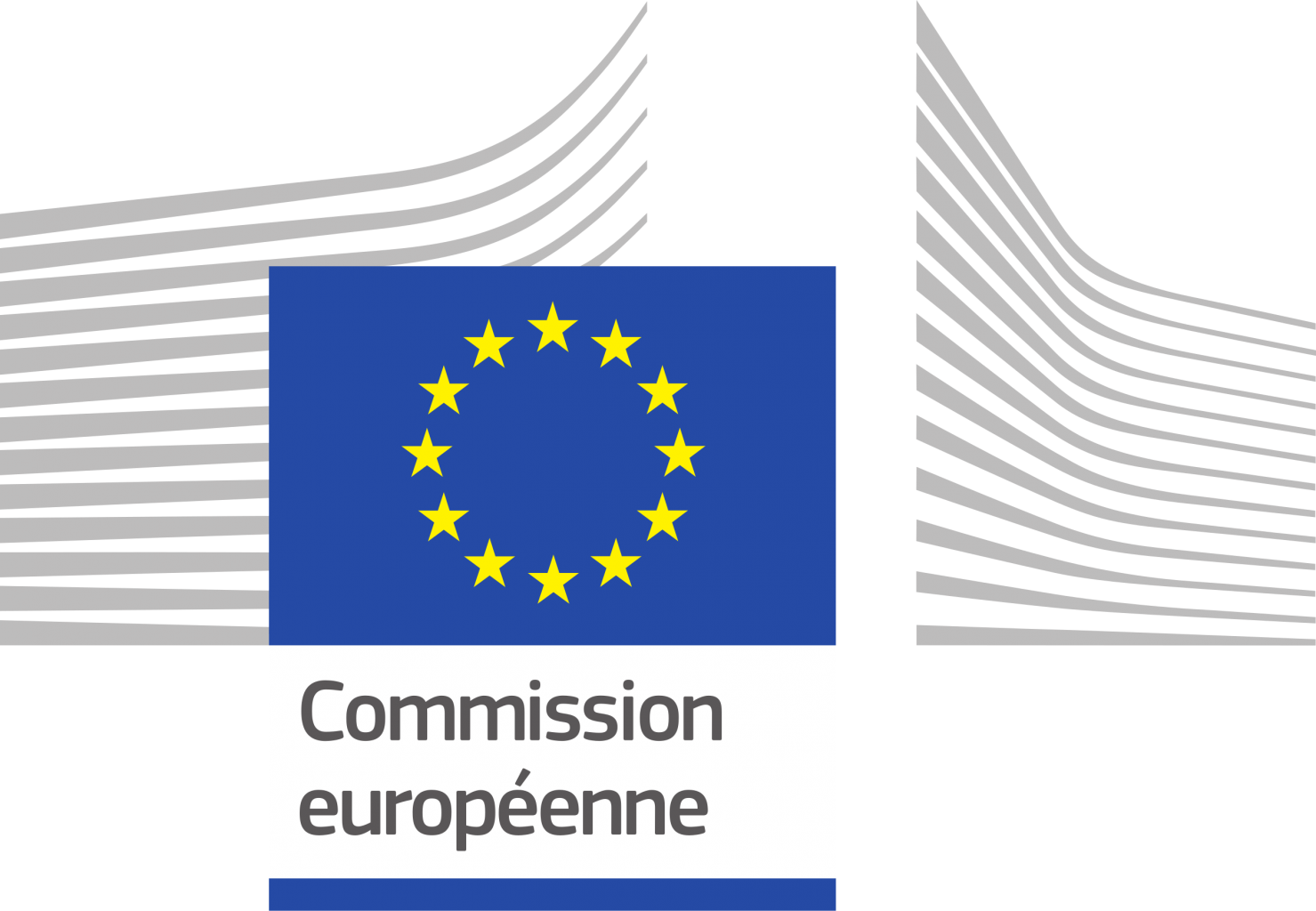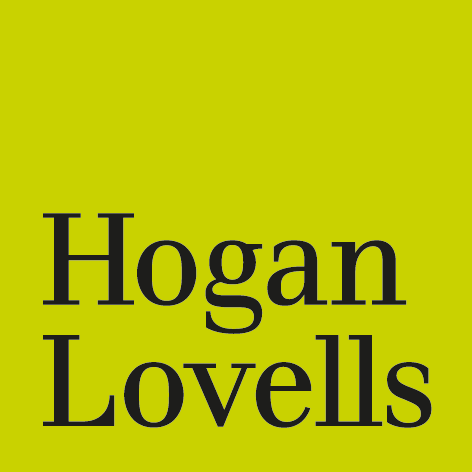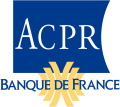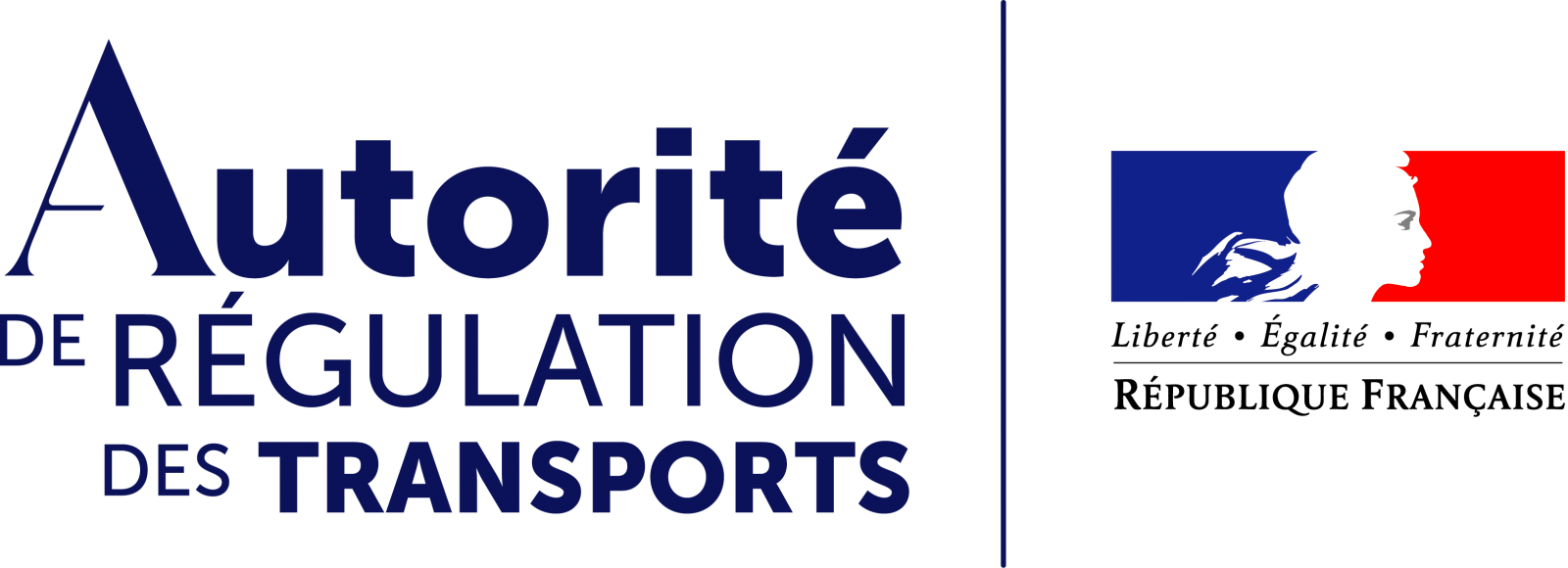Until the 1980’s, most national economies were characterized by a clear hierarchy of norms both within the legal order and between public and private ordering. Transactions, markets, and industries were largely self-regulated, though they remained subject to courts and government oversight. The horizontal coordination between ecosystems was typically regulated by public authorities, resulting in integrated national economies (each characterized by its own specificities). Transnational exchange was then governed by inter-governmental agreements aimed at articulating the national systems of (public and private) norms, and the underlying public policies and societal preferences.
This governance regime has not entirely vanished but has experienced massive changes. A great number of new norm-makers and intermediaries now shape the incentives and sanctions that govern economic behaviors, resulting in complexity, unpredictability, inconsistencies, and innovations. The overall articulation between jurisdictions thus weakened considerably. Norm issuers, dispute resolvers and executive authorities constantly fight for influence, bargain among each other, defend their jurisdictional borders, resulting in regulatory failures and questioned legitimacy.
To address this complexity, the handbook gathers a multidisciplinary team made of economists, sociologists, political scientists, specialists of international political economy and historians, who propose informed case studies.
The contributions gathered in this handbook point out, first, that the transnationalization of the economy relies on the building of four complementary institutional infrastructures aimed at governing, respectively, the exchange of goods and services, access to financial resources, the circulation of information and knowledge, and finally the social and environmental sustainability of the economic system. Most of these « infrastructures » are built through independent and uncoordinated processes.
Second, the various chapters analyze the properties and specific dynamics of the alternative processes through which international regimes of governance are built. They range from purely private arrangements to intergovernmental agreement, with a significant number of hybrids between these two extremes. Thus many transnational transactions, markets, value chains and eco-systems are no longer governed only by public norms, and many public norms result from processes involving a wide diversity of players who cooperate and compete, settle conflicts, innovate.
Third, the authors of this handbook focus on the key role played in all these processes by six categories of actors: first, merchants and intermediaries who provide the services of transaction engineers; second, corporations that either internalize or externalize the organization of transnational exchanges; third, regulators and judges, who are partly the agents of governments, partly independent from them and whose partial autonomy might develop in the interstices of international relations; fourth, governments, that might build transnational infrastructures, or guarantee or forbid private ordering; fifth, social activists, organized or not within nongovernmental organizations, playing on various levers, including emotional politics, to articulate public and private ordering efforts; and, lastly, intergovernmental organizations (IGO), which tend to become autonomous players, even if they are initially spurred by governments’ intentions because they develop strategies to benefit from discretion vis-à-vis their numerous and divided principals, by developing cooperation with the other actors of transnational governance.
Summary
The Handbook project - A Bird’s- Eye View of the Institutions of International Economic Governance
Eric Brousseau (Université Paris Dauphine– PSL) and Jean-Michel Glachant (European University Institute)
Part I - The (micro) foundations of International markets
Part II - The challenges of compliance
Part III - Are sovereigns responding to transnational market failures ?
Part IV - Alternative to hierarchical orders?
What do we learn from the Handbook - Chapter 39. - Institutions of International Economic Governance: Dynamics and Challenges
Eric Brousseau (Université Paris Dauphine–PSL) and Jean-Michel Glachant (European University Institute)
🎬 Watch videos about the handbook's chapters and learn more about the topics covered.






